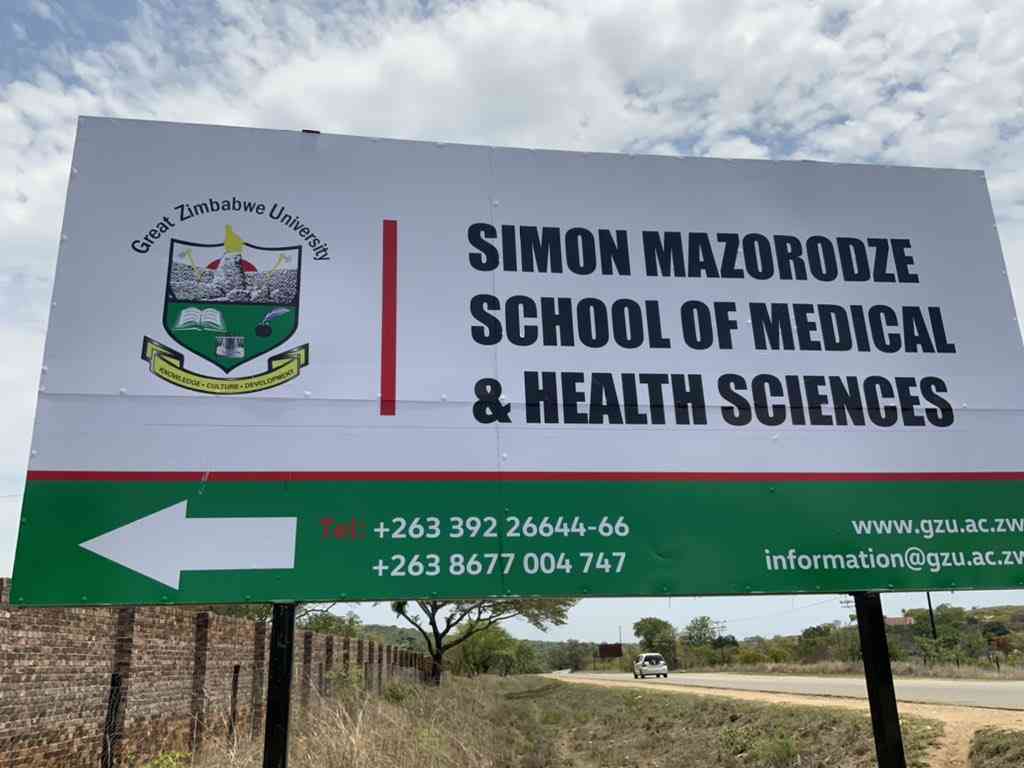
WHAT is your initial reaction when you have severe toothache?
Rather than inquiring from the dentist about the best treatment option to preserve their teeth, most people hurriedly tell the dentist to remove the painful tooth.
This impulsive decision often overlooks the potential for treatment and restoration, which can save the tooth and maintain its function.
By investing in proper dental care and seeking professional advice, individuals can ensure their choices align with their long-term health goals.
Moreover, staying informed about advancements in dental technology can lead to even more effective treatment, offering patients a broader range of choices tailored to their specific needs.
As individuals become more engaged in their oral health, they are likely to experience improved outcomes and a greater sense of confidence in their smiles.
A mindset that prioritises preservation over destruction is crucial.
Our teeth are a rare treasure. You may find a donor for the heart, liver, lungs and other organs, but not for teeth.
- Most causes of toothache preventable
- Tooth extraction not a panacea for all dental ailments: Preservation over destruction
- Implants vs dentures: Weighing the modern solution against the traditional one
Keep Reading
Despite recent experiments by some scientists on tooth-regrowth techniques, this remedy has not yet received approval.
What to do when a tooth decays and a toothache occurs
In both scenarios, it is crucial to seek professional advice promptly.
Your dentist may recommend treatment ranging from fillings to root canals, depending on the severity of the decay and/or pain, ensuring that you maintain optimal oral health and minimise further complications.
When tooth decay begins, without proper management it develops into a cavity, then pain follows.
What causes the pain? The infection of nerves inside the pulp (the inside layer of the tooth after the dentin) is the source of the pain.
Occasionally, the weakening of the dentin and enamel causes the nerves to get irritated by sending vibrations from the dentin to the pulp during chewing.
This irritation can lead to increased sensitivity, making it uncomfortable to consume hot, cold, sweet foods or beverages.
If left untreated, the infection may progress further, potentially resulting in abscess formation and more severe complications, necessitating urgent dental intervention.
Pain is always a sign that something is wrong with the human body.
In this instance, we require a root canal procedure.
The goal of this treatment is to eliminate every infected nerve in the pulp that is causing the pain.
The dentist uses needle-like instruments to extract the infected nerve and fill the canals in the pulp with liquid-like material so that they do not leave the space empty.
The pulp is sealed and a temporary filling is placed on top in the dentin and enamel to cover the hole that was drilled in accessing the infected nerve.
The idea of the temporary filling is to assess the situation after treatment, hence ascertaining whether all the dead tissues were removed or determining if the patient still feels pain.
Moreover, a temporary filling may be necessary when there is too much bleeding.
When all of these situations have been assessed thoroughly, the temporary filling is removed within two weeks and replaced with permanent filling material.
A successful root canal treatment can last about 10 to 15 years, given that the patient’s dental health routine is good, leading to no or fewer chances of developing tooth decay again.
Remember that for tooth decay to successfully occur, plaque needs roughly 24 hours to build up and cause decay, so never let a day pass without brushing your teeth or with plaque and food debris from the previous day.
Is root canal treatment the only way?
Root canal treatment is the initial treatment whenever pain is indicated, not the only treatment option.
After this procedure, many treatment options will follow depending on your situation as an individual, for instance, if you had a large cavity and unfortunately the largest part of your tooth had decayed and had to be removed by the dentist during the procedure.
After the root canal treatment, there is a need to consider putting artificial crowns (a tooth-shaped cap that restores a missing tooth) on top of your tooth other than a filling because a filling alone will not be strong enough to hold.
When should a person consider tooth extraction (removal)?
Firstly, you should follow recommendations of your dentist before deciding on an option.
Many times, people tend to diagnose themselves and decide the treatment they want before a dentist has given an insight.
Nowadays, as it is often possible to treat the teeth and save them, extraction is considered the best decision if the retention of the tooth shortens the overall life of the treatment or reduce the aesthetic results.
In recent years dental implants have provided a more radical approach to treatment planning.
Below are general conditions in which tooth extraction can be performed:
Teeth that cannot be saved by root canal treatment
If root canal treatment is contraindicated (not possible), the only alternative is extraction.
The factors that can lead to this are: non-restorable teeth, determined by dentist’s assessment; vertical root fractures (only visible through an X-ray); severe bone resorption (could appear as high-level mobility on teeth); root calcification, which could cause difficulties for instruments for root canal treatment to penetrate the pulp, instrument fracture in the pulp during treatment; excessive curved roots (can be viewed on X-ray) and continuous chronic painful teeth with a previous root canal treatment, such teeth can be retreated but it is better to extract them.
Orthodontic tooth extraction
Teeth can be extracted to gain space for orthodontic treatment.
For this purpose, the most common first premolar teeth are extracted and sometimes the second premolars are extracted.
Prosthetic tooth extraction
If the tooth will interfere with the planning and stability of the prosthesis or dentures and the situation cannot be corrected in any way, the tooth must be extracted.
Teeth between many implants are usually extracted because of the force imbalance though it is not always the case.
Remember, teeth are precious organs on your body; tooth extraction is not always the solution.
Unnecessary tooth extraction could lead to bite problems as well as systemic conditions, for example, digestive problems.
- Patience Matambo is a final year BSc Dental Surgery student at the People’s Friendship University of Russia. She can be reached at patiencedental2024@gmail.com










